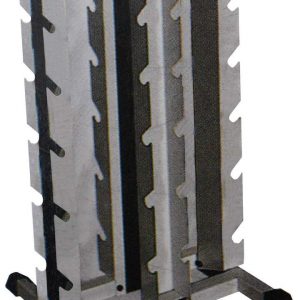Características del Producto
| Peso | 8 kg |
|---|---|
| Dimensiones | 183 × 28 × 7 cm |
| Color | AZUL, ROSADO |
$593.300 IVA
Realiza diversos ejercicios con la Barras recta olímpicas elaborada en aluminio. Largo: 183cms * 28mm agarre. Peso de la barra: 7.5 kilos.
| Peso | 8 kg |
|---|---|
| Dimensiones | 183 × 28 × 7 cm |
| Color | AZUL, ROSADO |
Descripción:



Debes acceder para publicar una reseña.

Calificación
No hay Calificación aún.